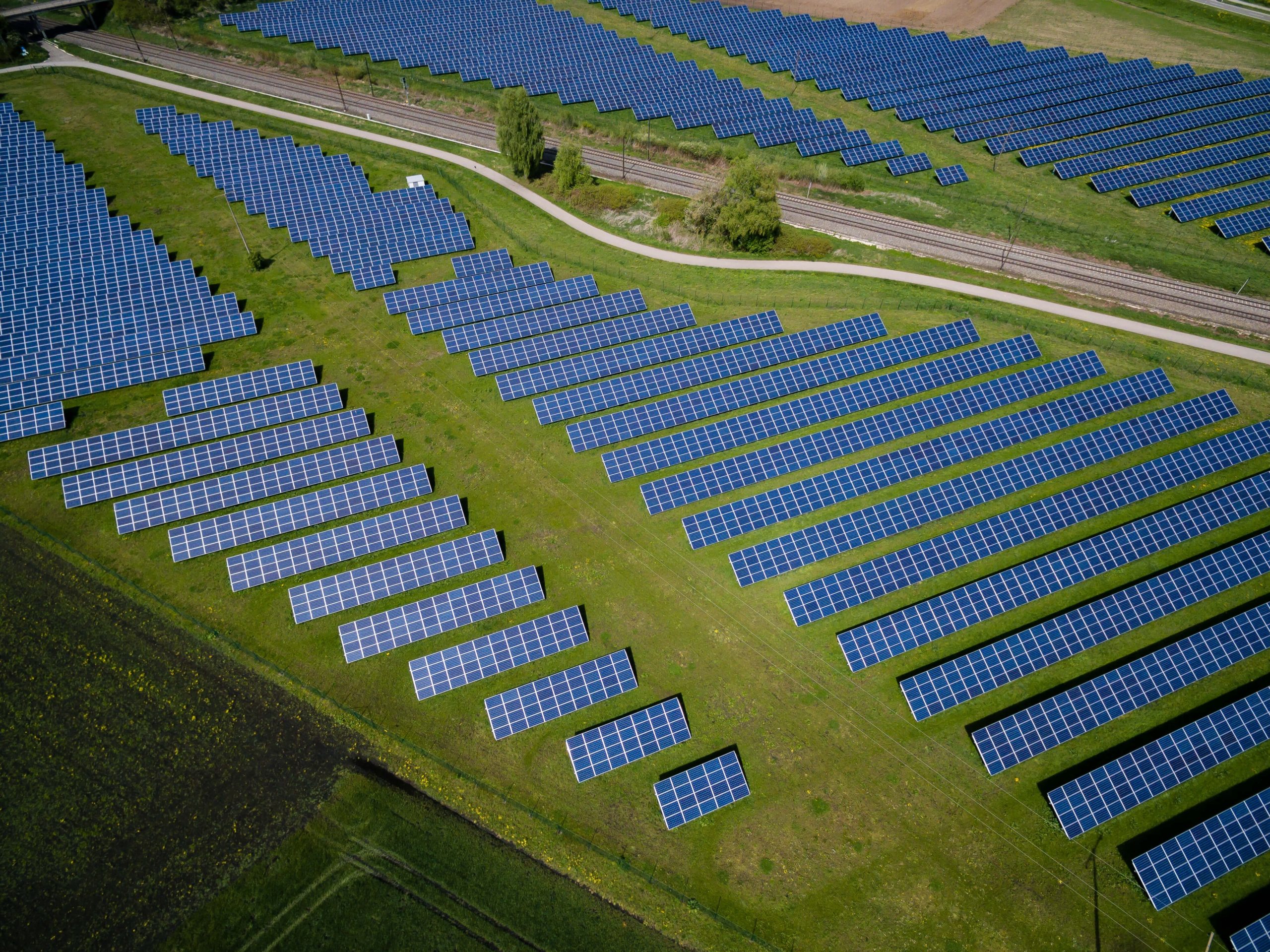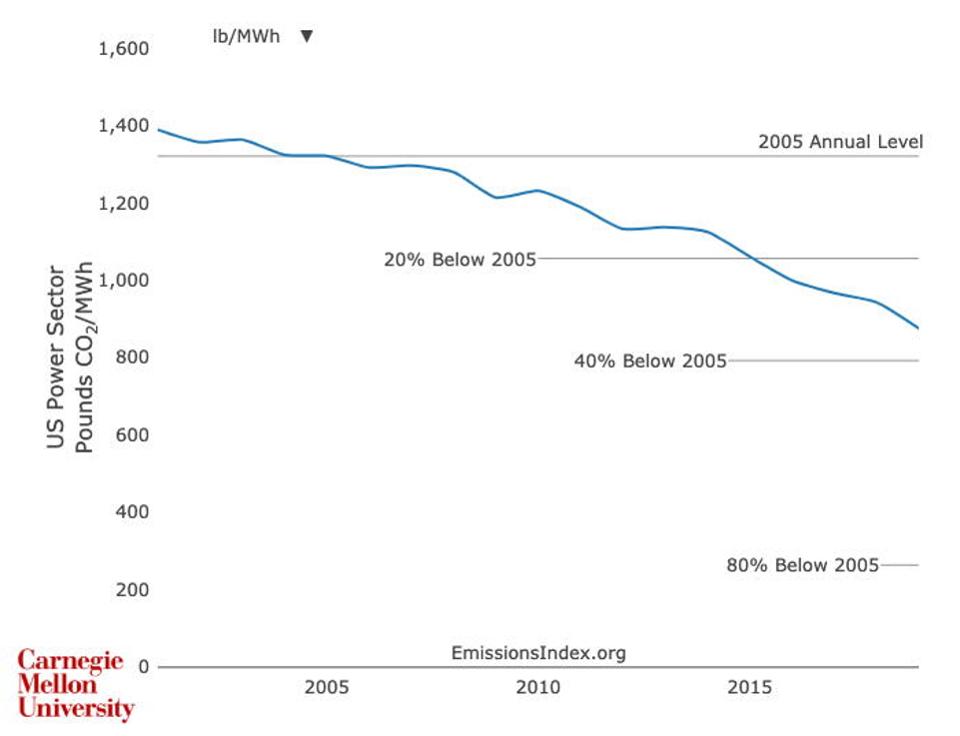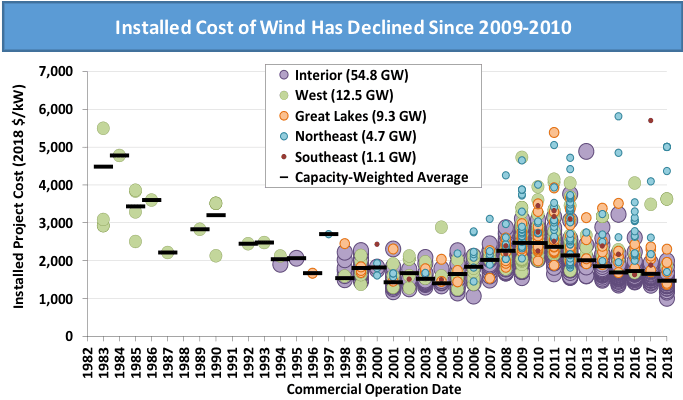
In 2020, renewables will at last account for a bigger share of U.S. electricity generation than coal, thanks to the coronavirus crisis.
The last coal station in New York
The last coal-fired power station in New York state was in the town of Somerset, near Lake Ontario, and about 40 miles north of Buffalo. Known as the Kintigh Generating Station, it was named after Allen Kintigh, the former boss of New York State Electric and Gas (NYSEG). When it opened in 1984, it was one of the cleanest coal-burning power stations in the country, thanks to then state-of-the-art emissions technology. The plant closed in March 2020, and over the last couple of years had only been delivering about 0.5% (0.69 MWh) of all power generation in New York State. The rapid demise of coal is striking: in 2007, the fuel accounted for 21.4 million MWh, or over 14% of the state’s power supply. The closure was a milestone: the only other states to have closed all their coal power stations are California and Idaho.
Coal is the dirtiest fossil fuel: it produces between 1.5 and 3.5 pounds of carbon dioxide equivalents (CO2e) for every kWh it generates. A rough rule of thumb for coal in metric terms is: one kilo of CO2 is produced for one kWh of electricity, because one kilo is 2.2 pounds. Natural gas, by contrast, produces 0.6 to 2 pounds.
Dirty and expensive…
Coal is not only dirty, it is also relatively expensive – an important factor in Kintigh’s closure. The dramatic reduction in power demand associated with Covid-19 has delivered another blow against coal: coal-powered plants are moved to idle mode before other fuel types, as power companies manage supply. On Monday (May 11), the EIA reported that coal-powered generation had hit a 42-year low, driven by a low natural gas prices and plummeting demand; of course, the low gas prices are themselves a function of weak demand too. Power usage is set to drop more steeply in 2020 than at any other time in the last 20 years.
…has helped push carbon intensity below 400g per kWh
The overall carbon intensity of U.S. generation is now heading towards 33% below its 2005 levels, according to analysis by Carnegie Mellon’s Scott Institute for Energy Innovation. The country used to produce about 1,400 lbs of CO2 per MWh (or 1.4 lbs per kWh, slightly below the bottom end of coal’s range). Today, it produces just under 900 lbs per MWh or 0.9 lbs per kWh. In metric terms, 0.9 lbs is about 400 grams. In a recent tweet, Costa Samaras, co-director of the Power Index at the Scott Institute, noted the country had fallen below “400g/kWh for the first time ever.”

Lower renewable prices help
A further tailwind for this trend are plummeting wind and solar prices: A large wind farm costs 40% less than a decade ago (see chart below), and solar costs 80% less than 2010. While the EIA had reported that renewable supply had outpaced coal for the first time in time in April 2019, this was not seasonally adjusted. The EIA’s most recent projections show that 2020 will be the first year in which the country will produce more electricity from renewable power than coal.
Among all the damage caused by virus, this is a bright spot. Even as demand recovers, Kintigh won’t reopen.
